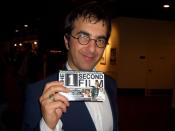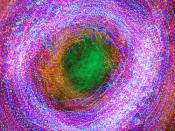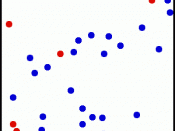Science Study Notes
Inner Space
Structure of the atom
÷ An atom is the smallest part of an element that can be part of a chemical reaction - in other words, an atom is the smallest particle that can exist naturally
÷ When two or more atoms join up they form a molecule. Atoms are generally found in the form of molecules.
÷ An atom consists of a nucleus, which is made up of protons and neutrons.
÷ Protons are positively charged particles. Neutrons have no charge. There is an outer layer made up of negatively charged electrons, which keep orbiting the nucleus in a random manner.
÷ The number of protons and electrons are always equal in an atom. Because of this, the atom has got a neutral charge.
÷ The protons and electrons weigh more or less equal and the total number of protons and neutrons put together make the atomic weight, e.g.
if an atom has two protons and two neutrons, the atomic weight is 4, since the electrons hardly weigh anything in comparison.
÷ Electrons spin in shells around the nucleus. There are many shells; the shell closest to the nucleus is filled first.
÷ Elements are naturally occurring pure substances. They contain atoms of one type only. The number of protons defines the element, e.g. hydrogen has 1 proton while chlorine has 17.
÷ The number of protons in an element is called its atomic number. The number of protons and neutrons in an element is called its mass number.
÷ In nature there are different forms of the same element. These different forms are called isotopes. An isotope contains the same number of protons but different number of neutrons compared the most common form of the element.
÷ When elements gain or lose electrons,


